How Does the Robotiq Gripper Self-Locking System Work?
Choosing an end-effector for your robot can sometimes be confusing. In fact, a lot of different options are available which...
Robot gripper: How much does it cost?
The decision has been made to automate a manual handling process. The automation concept has been chosen. Now is time to look...
ROS Package for Robotiq Grippers
In the last couple of months we have noticed an increased interest in the ROS package for the Robotiq Adaptive Grippers. This...
How to Use Object Detection with Robotiq's Adaptive Grippers?
All the Robotiq Adaptive Grippers have a built-in object detection function. In fact, this article will present to you the...
How to Choose the Right Mechanical Coupling for your Robotic Gripper?
When looking for a robotic cell, a lot of factors need to be considered in order to make your cell run as fast as possible....
Top 5 Advantages of Servo-Electric Grippers
In an elecric gripper, or servo-gripper, electric motors control the movement of the jaws using electric input from the robot...
Robotic Gripper Repeatability Definition and Measurement
On any robotic gripper spec sheet, you will find a measure of the repeatability. What does that term really mean? This blog...
How To Choose The Right Robotic Gripper For Your Application
Grippers consisting of vacuum cups, pliers, or finger assembly are some of the most common EOATs (End Of Arm Tooling) to be...
How to Create Fast Cycle Times with the Adaptive Robot Gripper?
One of the advantages of a servo-electric robot gripper is that it allows you to control the position of the fingers. If the...
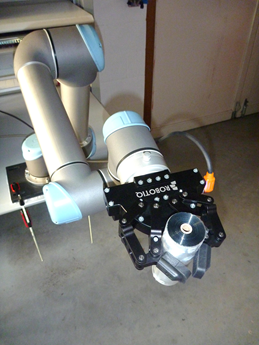




.jpg)
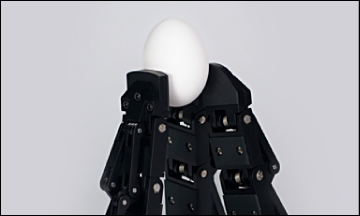

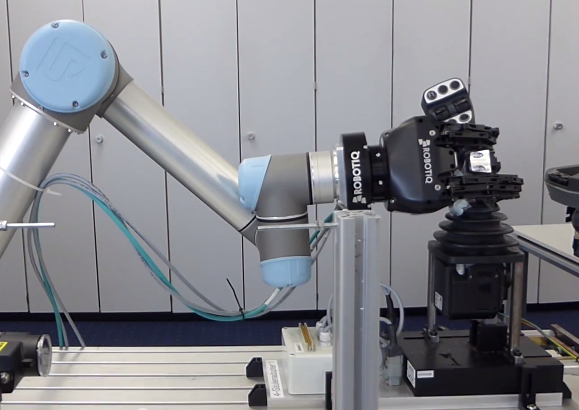
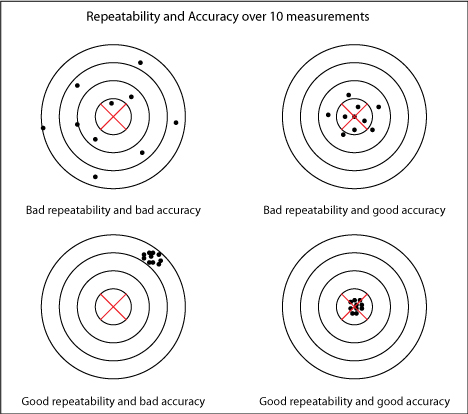
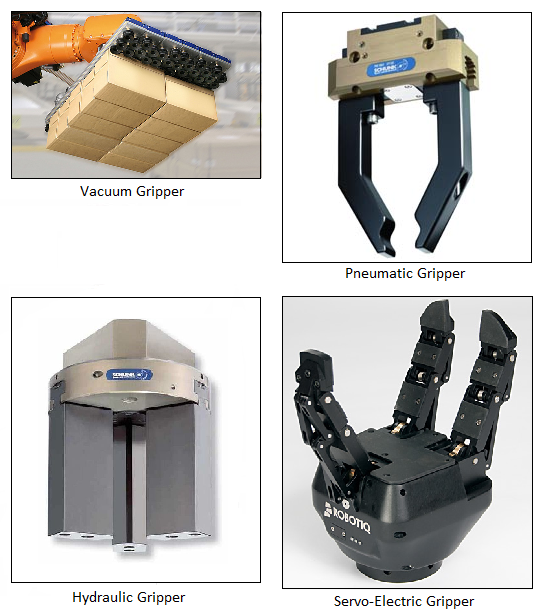
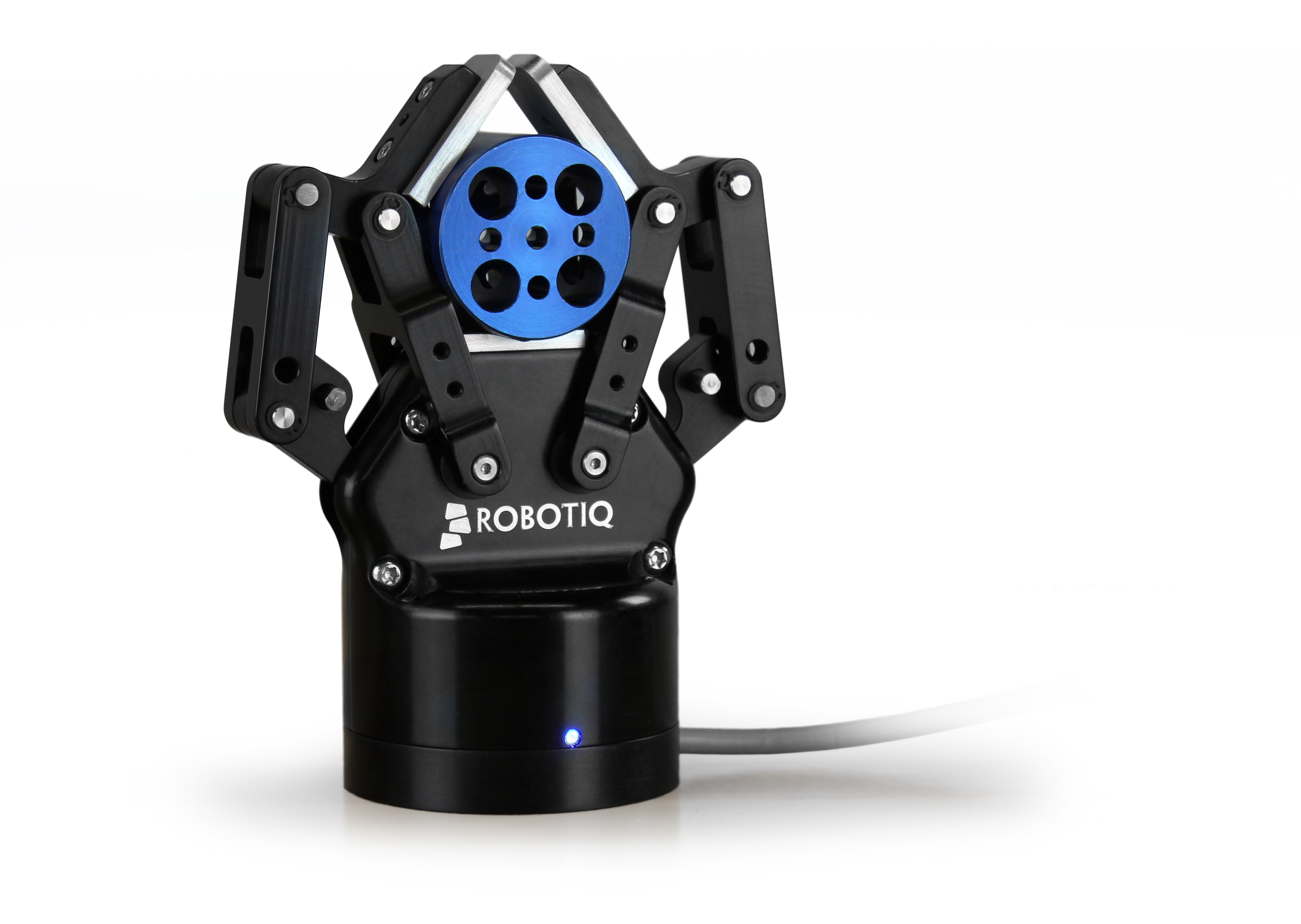

Leave a comment